Ischemic and Hemorrhagic Cerebral Strokes, for Patient Education. This video is available for instant download licensing here : https://www.alilamedicalmedia.com/-/galleries/narrated-videos-by-topics/strokes/-/medias/af9a4579-4ac2-4b5d-908a-f3d71834eaf2-brain-stroke-narrated-animation ©Alila Medical Media. All rights reserved. Voice by: Sue Stern. Support us on Patreon and get FREE downloads and other great rewards: patreon.com/AlilaMedicalMedia All images/videos by Alila Medical Media are for information purposes ONLY and are NOT intended to replace professional medical advice, diagnosis or treatment. Always seek the advice of a qualified healthcare provider with any questions you may have regarding a medical condition. A stroke occurs when the blood supply to a certain part of the brain is reduced or interrupted. Without oxygen and nutrients from the blood, brain cells cannot function properly and eventually die. There are 2 major types of strokes: ISCHEMIC stroke caused by a BLOCKED artery, and HEMORRHAGIC stroke caused by a RUPTURED artery. Ischemic stroke happens when a blood clot OBSTRUCTS an artery. In some patients, the clot forms locally, inside the blood vessels that supply the brain. This occurs when fatty deposits in an artery, or cholesterol plaques, rupture and trigger blood clotting. In other cases, a clot may travel to the brain from elsewhere in the body. Most commonly, this happens in patients with atrial fibrillation, a heart condition in which the heart does not pump properly, blood stagnates in its chambers and this facilitates blood clotting. The clots may then pass into the bloodstream, get stuck in smaller arteries of the brain and block them. Hemorrhagic stroke, on the other hand, occurs when an artery leaks or ruptures. This can result from high blood pressure, overuse of blood-thinners/anticoagulant drugs, or abnormal formations of blood vessels such as aneurysms and AVMs. As a hemorrhage takes place, brain tissues located BEYOND the site of bleeding are deprived of blood supply. Bleeding also induces contraction of blood vessels, narrowing them and thus further limiting blood flow. Stroke symptoms may include one or more of the following: – Paralysis of muscles of the face, arms or legs: inability to smile, raise an arm, or difficulty walking. – Slurred speech or inability to understand simple speech. – Sudden and severe headache, vomiting, dizziness or reduced consciousness. Cerebral stroke is a medical emergency and requires immediate attention. It is essential to determine if a stroke is ischemic or hemorrhagic before attempting treatment. This is because certain drugs used for treatment of ischemic strokes, such as blood thinners, may CRITICALLY aggravate bleeding in hemorrhagic strokes. – For ischemic strokes, emergency treatment aims to restore blood flow by removing blood clots. Medication, such as aspirin and tissue plasminogen activator, TPA, are usually the first options. TPA may be given intravenously, or, in the case the symptoms have advanced, delivered directly to the brain via a catheter inserted through an artery at the groin. Blood clots may also be removed mechanically by a special device delivered through a catheter. – Emergency treatment for hemorrhagic strokes, on the other hand, aims to stop bleeding, reduce blood pressure, and prevent vasospasm and seizures. These goals are usually achieved by a variety of drugs. If the bleeding is significant, surgery may be required to drain the blood and reduce intracranial pressure. Preventive treatments for strokes include: – Removal of cholesterol plaques in carotid arteries that supply the brain – Widening of narrowed carotid arteries with a balloon, and sometimes, a stent. This is usually done with a catheter inserted at the groin. – Various procedures to prevent rupturing of brain aneurysms, such as clipping and embolization. – Removal or embolization of vascular malformations – Bypassing the problematic artery
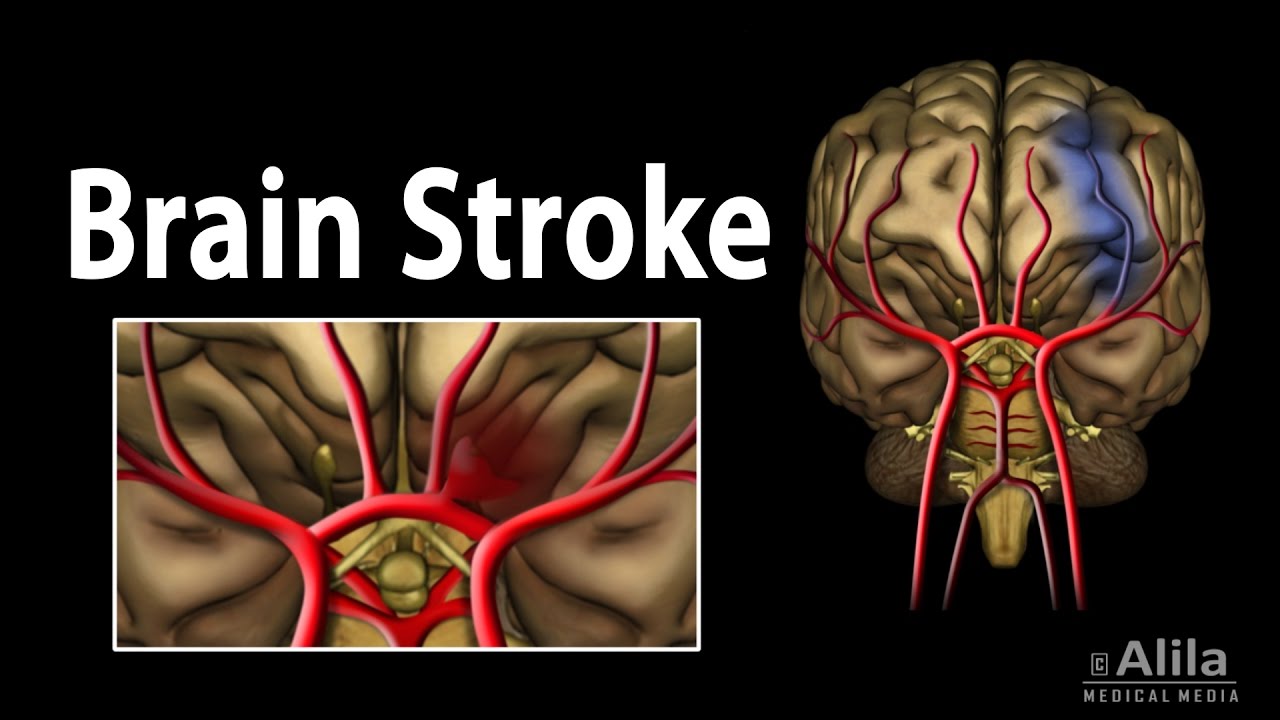
Brain Stroke, Types of, Causes, Pathology, Symptoms, Treatment and Prevention, Animation.
- Post author:
- Post published:May 23, 2021
- Post category:Uncategorized
- Post comments:0 Comments
You Might Also Like

Blood Sugar Test – When, How & What
Definition Anatomy And Physiology

The Best Aerobic Exercise for Arthritis – The Basic Jog
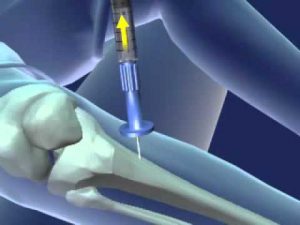
Intraosseous Infusion.flv

Stop Jogging and Start Sprinting! – How to Sprint and Why it’s Better for Your Health

Acne Pimples Nutrition Video – 1

Clomiphene Citrate Gynecomastia – Reduce Moobs Extremely Fast

Runner’s Diet Plan | रनिंग से पहले और बाद में क्या खाये | Improve your timings

Strength Meaning

Instructional Fitness – Decline Bench Press

Lat Pull Down-4

Should you use Glutamine

Pantprazol

What does silymarin mean?

Overweight & Obesity Video – 30

Sugar diabetes Meaning
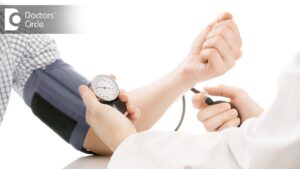
Causes and prevention of High Blood Pressure in young people – Dr. Surekha Tiwari

Human Body, Body Building Muscle Building Anatomy Physiology Video – 30
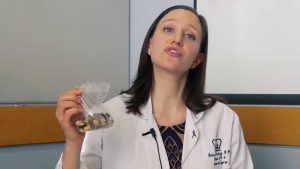
Healthy Snacking for Weight Gain
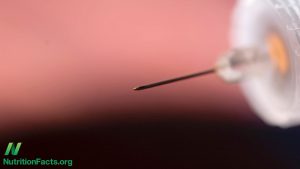
What Causes Insulin Resistance?

What is a Normal Heart Rate?

Strength & Power Training

WHAT IS FITNESS | EARN YOUR SWOOB

How to Stretch Your Triceps (AND HOW NOT TO!)

Pronunciation of Anaerobic | Definition of Anaerobic
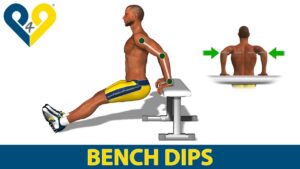
Triceps Dips-1

Anabolic Steroids – What You Need To Know

What is Valvular Heart Disease

What is water integrity and what can we do about it now?

Factors Influencing Bioavailability | Biopharmaceutics and Pharmacokinetics |

Get killer abs with BMR Athlete Bilsen Begovic`

Testing of Sugar in Urine – Transportation in Animals and Plants (CBSE Grade 07 Biology)
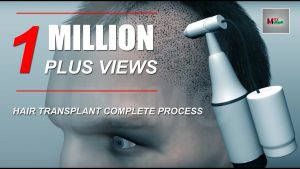
Hair Transplant Complete Process 2020 3D Animation

What Is Heart Disease? | Heart Disease

Butterfly Pectoral machine tutorial

5 Reasons to Take Supplements (AND WHEN YOU NEVER SHOULD!)
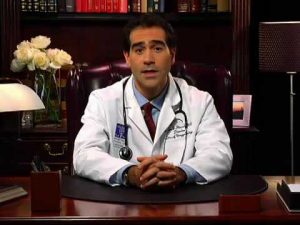
Conception Helpers #1: Clomiphene Conception

Dumbbell Chest Workout (INCOMPLETE WITHOUT THIS!)
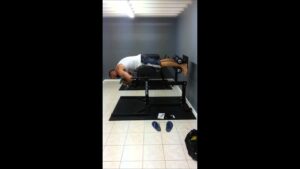
A Better Way to do Back Extensions

How to Prevent Blood Sugar and Triglyceride Spikes after Meals
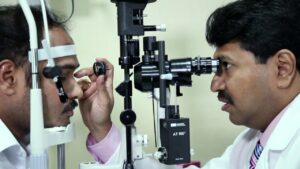
Organ Transplantation Surgeries Video – 3

